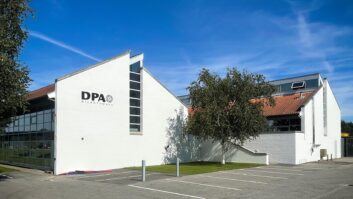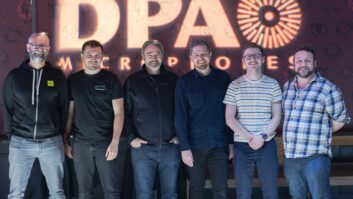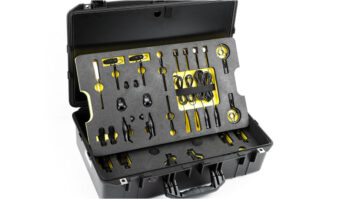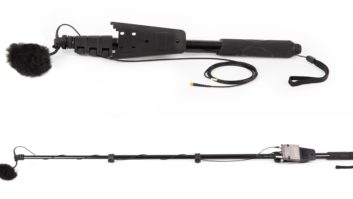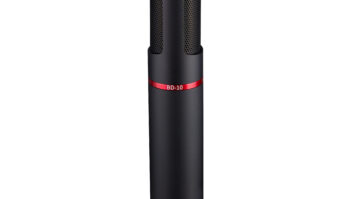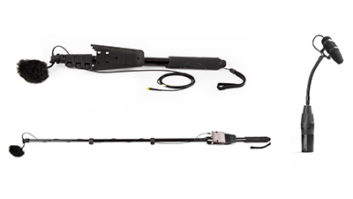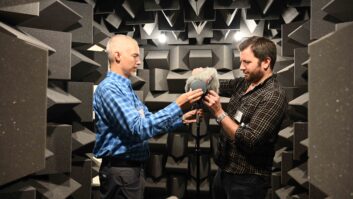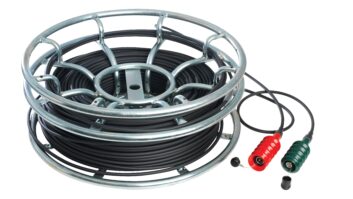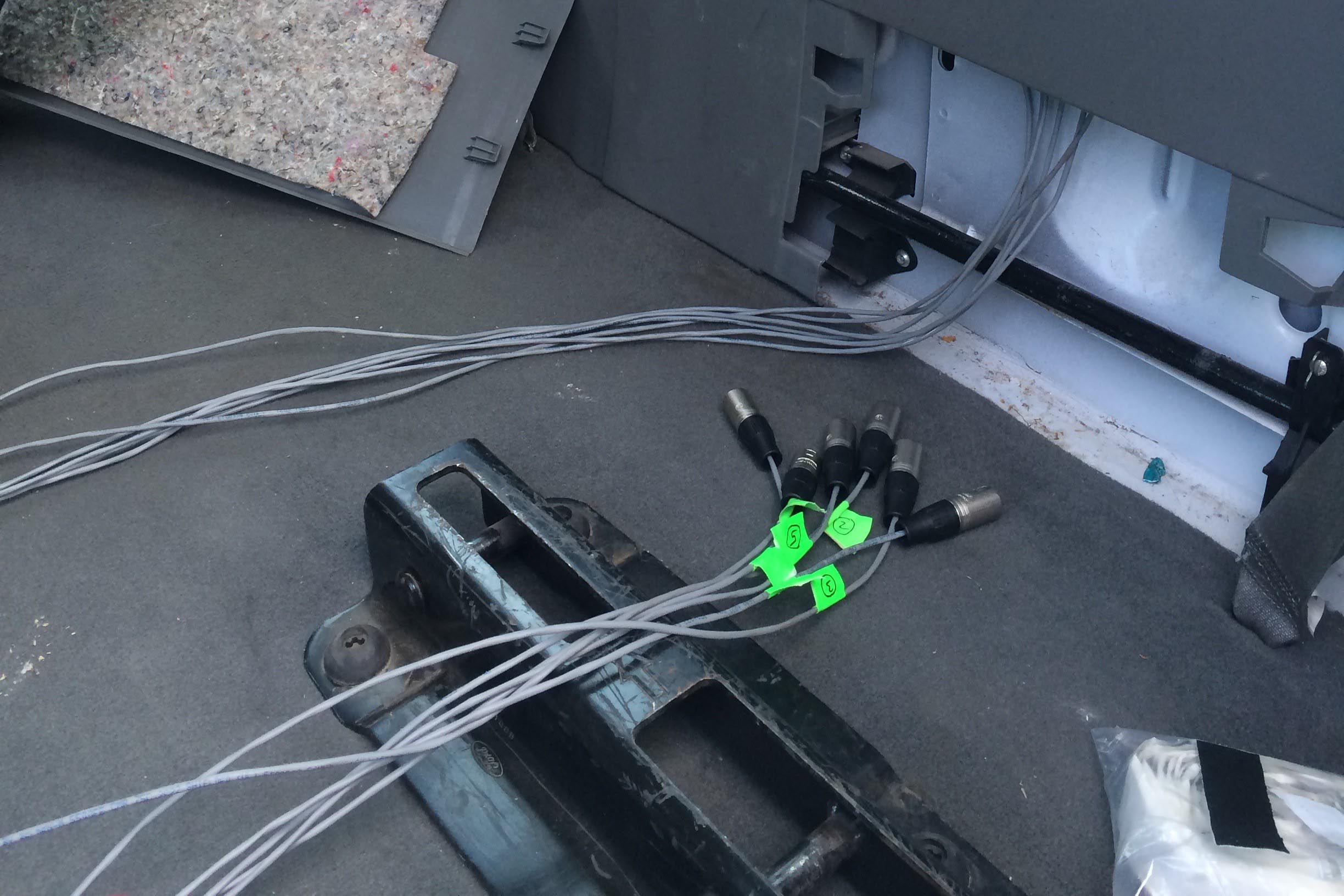
Production sound mixer and sound recordist Rashad Omar has been using DPA d:screet Miniature Microphones and d:dicate Recording Microphones to capture dialogue for a number of feature films including American Honey, which recently won the 2016 Jury prize at the Cannes Film Festival.
The film is set in the American Midwest and tells the story of a teenage girl who joins a travelling magazine sales crew. As their journey progresses, she gets caught up in a whirlwind of hard partying, law bending and young love.
A great deal of the film’s action takes place inside an American Passenger van with up to 15 characters in it at any one time. For much of the time the characters were also listening to music played through the van’s sound system, which incorporated an exceptionally loud sub-woofer.
“The style of filming was very freeform with the possibility of anybody speaking at any point,” Omar explains. “The van was being driven for real, so it was obvious from the start that I had to place mics around to try and cover all parts of it. We also had to ensure that all mics and cables were hidden because it was possible to see any part of the van at any time.”
d:screet 4060 and 4061 Omnidirectional Miniature Microphones proved crucial because they were small enough to be hidden, yet capable of delivering the clarity Omar needed for dialogue.
The difference in sensitivity between the two d:screet variants was useful as Omar was able to use lo-sensitivity d:screet 4061s at the front of the van where the music was the loudest and high-sensitivity d:screet 4060s further back.
“My main aim when I approach a scene is to think about all the elements that make up the full ‘sound picture’ of the location,” Omar continues. “This is especially important for me in real locations, so I am true to that place. Then I think about how the dialogue sits within that scene. I like to use as many options as possible to capture dialogue to give the various sound editors the material they need to make the scene work. That means not only booms and radio mics but also plant mics and atmos mics to capture the range of sounds within a scene.”
